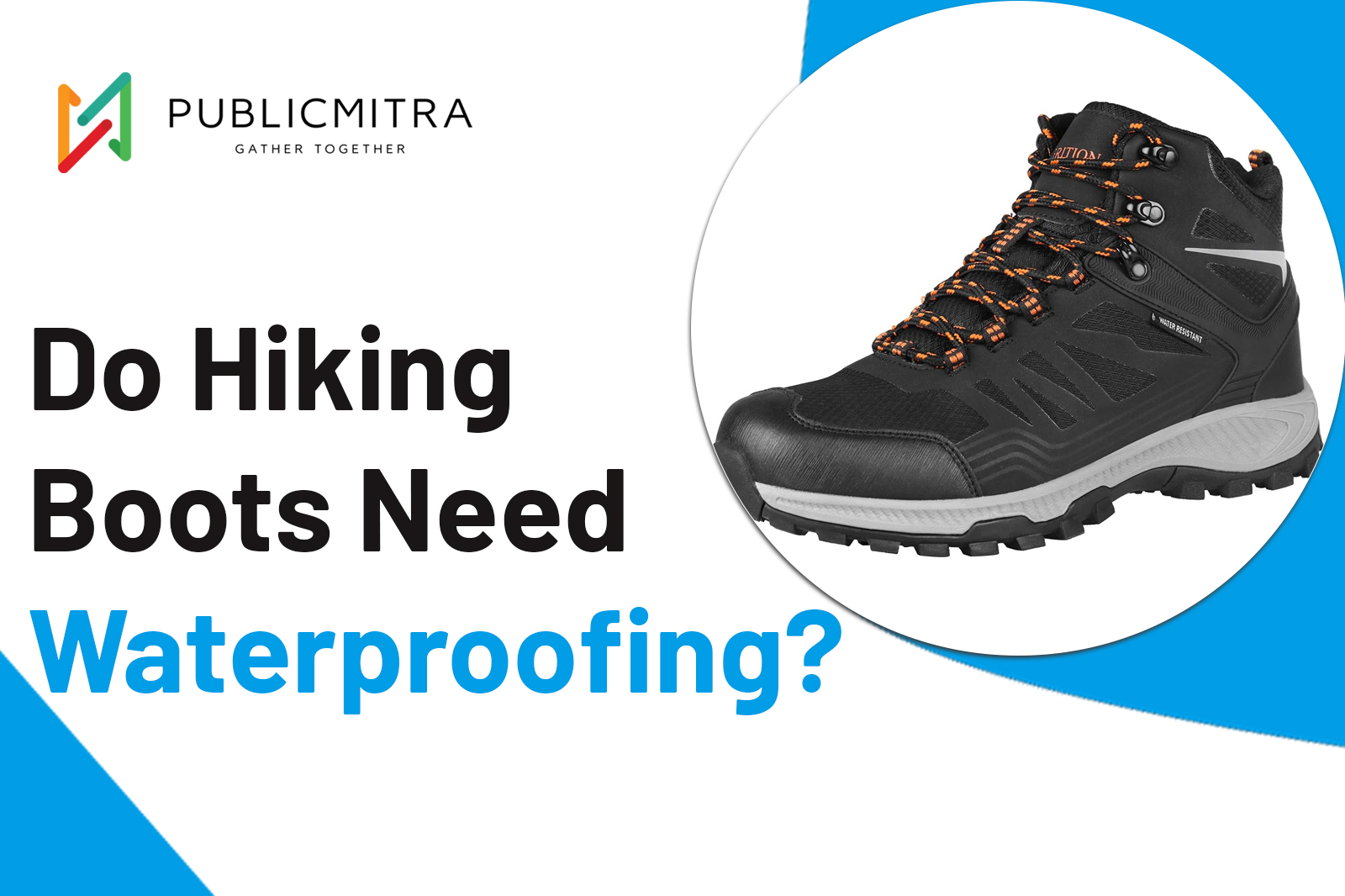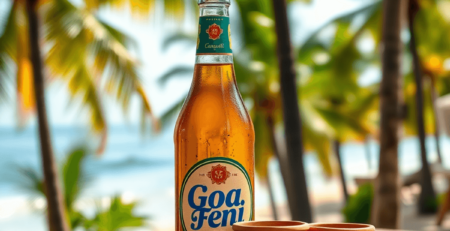Do Hiking Boots Need Waterproofing?
Hiking boots are specific footwear designed for outdoor adventure enthusiasts. These boots are mainly used for hiking and other specific activities.
Some key features of hiking boots that make them different from other footwear are as follows –
- Ankle Support
Hiking boots provide extended ankle support for more stability and support to reduce ankle injuries over rough terrain
- Cushioning and comfort
Hiking shoes have cushioned soles, padded collars, etc. to reduce stress for long hikes
- Sturdy construction
These boots are made from durable materials like leather, synthetic fabrics, and rubber to protect in rough terrains of the hike like sharp rocks, roots, etc.
Now the question that arises is whether the hiking boots should be waterproofed or not for the hiking trip. Both have it’s pros and cons which will be discussed below.
WATERPROOF HIKING BOOTS
Waterproof boots contain a water-repelling membrane. The water-repelling layer is designed to keep liquid water out but let water vapor pass through. A waterproofed boot can keep the feet dry while hiking through rain, slush, snow, dew, frost, wet vegetation, and shallow puddles and streams. The waterproofing keeps water from seeping in through the shoe itself, but if water comes in through the top, the inside of the shoe will get wet and the water will not drain out and will take time
Usually, the waterproof membrane is made up of Gore-Tex or eVent Membrane.
Other than using the waterproof membranes Durable Water Repellent (DWR) can also be used but it will just help to bead water off the surface and will not make shoes fully water-repellent
ADVANTAGES
- Perfect for hiking in the rainy season
- Less slippery with a more powerful grip
- Good for shallow river crossings
- Essential for providing warmth in cold weather
- The foot will remain dry which will prevent certain foot problems
DISADVANTAGES
- Less breathable
- Heavier
- Expensive
NON WATERPROOF HIKING BOOKS
Normal hiking books do not have a waterproof membrane and are designed to be breathable. They have mesh paneling which makes these shoes more breathable. Water and air can easily pass through these shoes. The water passes through the shoes but also dries quickly. Normal hiking boots are preferable for hot, desert climates with dry conditions
ADVANTAGES
- Breathable and lightweight
- Feet stays cooler
- Quickly dries
- More economical
- More versatile
DISADVANTAGES
- Doesn’t keep feet warm in weather conditions
- Limited durability
- Limited water protection
Whether you need to waterproof your boots or not totally depends on your hiking preference and the weather conditions you are about to encounter. If you are someone who goes to rough cold hikes the most then it would be best to use the waterproof boots.
A person who is new to hiking with easy hikes should start by using normal hiking boots
If you are a person who frequently goes to dry and warm conditions hikes then there is no need to use waterproof boots.
Winter hikers are better off using waterproof hiking boots
One thing to note is that waterproof hiking boots require a lot of maintenance to ensure their effectiveness.












